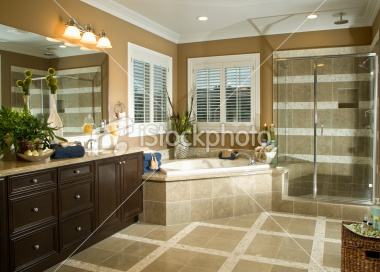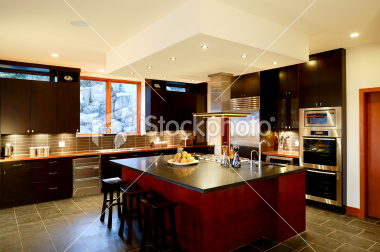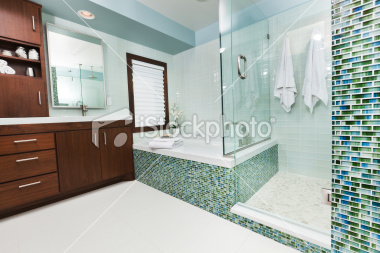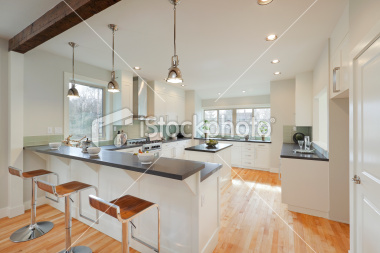Your Basement: Water Is Not An Option

Water is not an option in your basement. Having water in your basement equates to losing the use of your basement at the minimum. At its worst, water in your basement ruins personal property and creates an unhealthy environment in which mold and mildew can flourish. Frank Acker, A Principal of Zander Solutions of Verona.
What’s Your Problem?!?!
To solve a water problemin your basement, it helps to understand the reason for the problem. There are different dynamics that can contribute to having water in your basement, and, in turn, there are different methods of correcting the problems.
Hydrostatic Pressure
Hydrostatic pressure is a result of completely water saturated soil surrounding the foundation of your home. The result is that enough pressure is built up to find the path of least resistance, a weak point in the floor. Any crack or joint may be the path water uses to get into your basement.
The symptom you can use to identify this situation is having water or extreme dampness showing on the majority of the perimeter of the foundation. The flowing water will actually enter one or multiple weak spots.
Your options are limited in this situation. This amount of saturation means the water table in your area is such that there will always be a dampness issue. A drain tile system will need to be installed to relieve pressure against your foundation. To accomplish this, you need to jack hammer through your basement floor to create area for tile (perforated poly pipemust be below slab of concrete) and dig a sump basin, where the water collects inside your home. Acker also recommends you place drain tile on the outside of the foundation as well, which requires excavation around the outside of your home. With new construction, its suggested that the dual drain tile approach is used prior to final landscaping.
Costs can vary from $1,000 to $20,000 (or more) depending on variables such as utility equipment, landscaping, decks or patios, etc.
Head Pressure
Head pressure also has saturation in the surrounding soil, however, the water arrives on the scene by a grade initiated flow (downhill) or negative grade around the home with your lawn or landscaping. Often times better grading of your yard around your home can improve drainage.
The likely symptoms you will notice are one or more of the following:
? Cracks in the wall at any height
? Seepage around the wall footing
? Leaking around tie pins (1/2" rods in concrete)
? Dampness/leaking through honeycomb concrete (aggregate can be seen, creating a porous section of the concrete because the compaction was done incorrectly when concrete was poured)
? Cold joints—where sections of concrete were poured at different times and the lower section began hardening prior to the pouring of the upper section. The resulting seam is where leaking can occur. It’s easily seen because the sections are often different colors.
The most reliable option for correcting these problems is applying epoxy in cracks, honeycomb, tie pins and cold joints.
The costs for the epoxy treatment can vary between $400 and $700 and has a very high success rate. However, if you have seeping through your wall footing joints, more often than not, drain tile will have to be installed.
You can control the water in your basement as long as you understand what is causing the problem. Once you do, you can apply the appropriate corrective measures and enjoy your basement, and more importantly, have peace of mind knowing your property is protected. Frank Acker, A Principal of Zander Solutions of Verona.

Typical interior retrofit for drain tile installations includes cutting concrete back from wall about 18", trenching, laying drain tile and gravel, then resurfacing.






